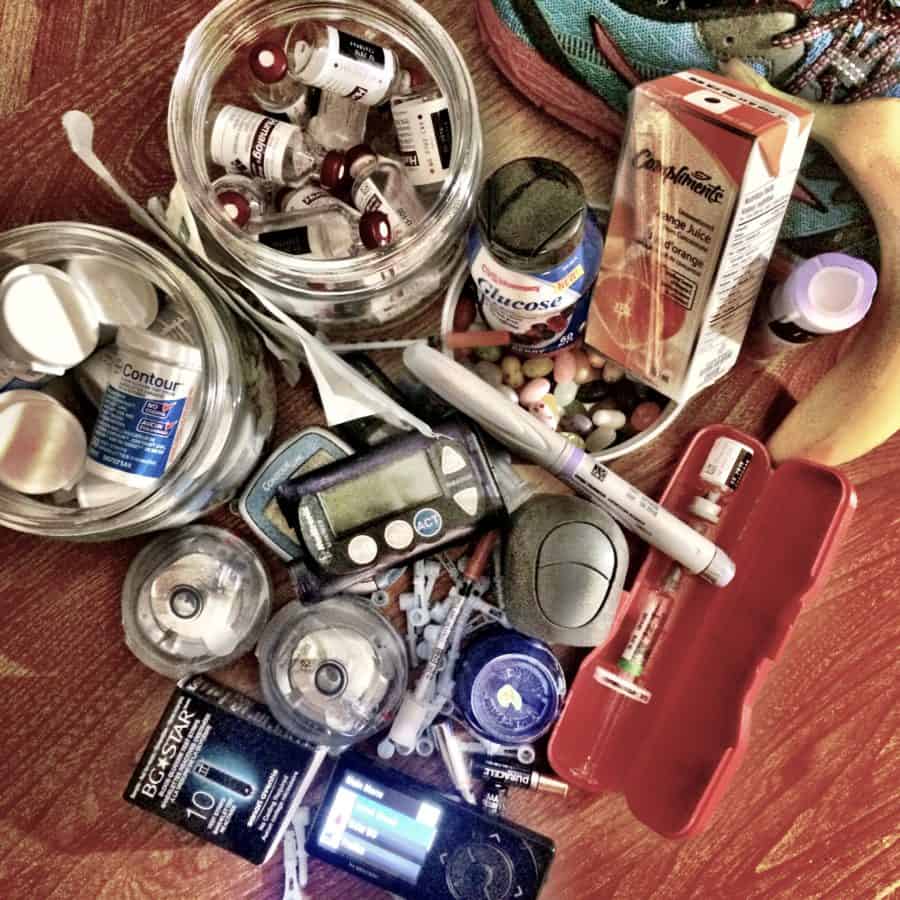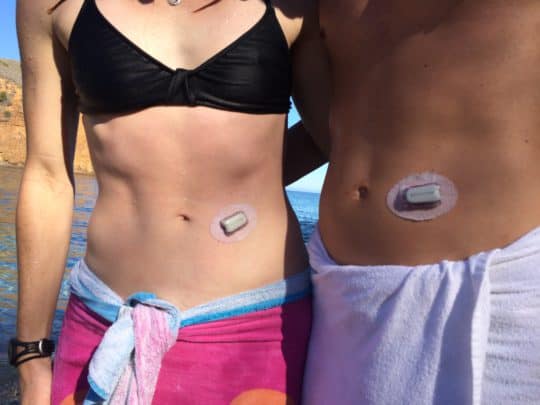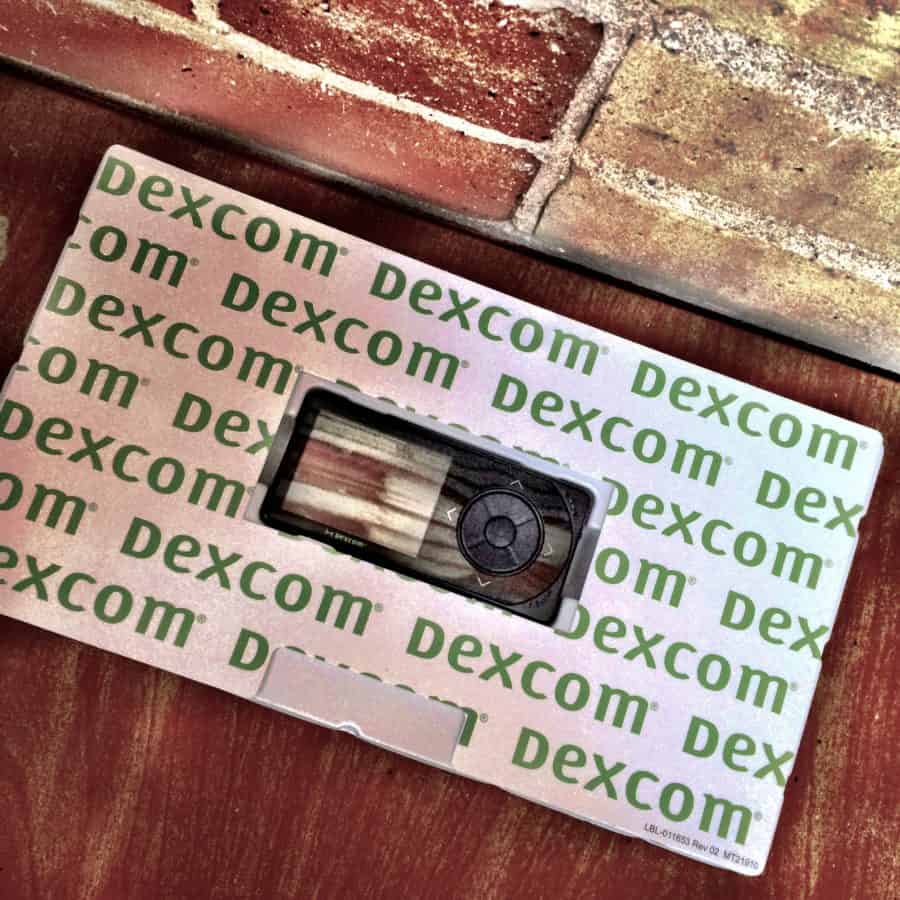When we heard CIM Board Member, Joanna Nicholson, was thinking of trying out a CGM, we asked if she’d be willing to share her first experiences with us to help give some insight into what it might be like to take the leap to Continuous Glucose Monitoring. Check out what her experience entailed.
—
Words by Joanna Marie Nicholson | Photos by Jen Hanson, Blair Ryan, and Mike Last
Earlier this year, I walked into my diabetes clinic for a regular check-in with my endocrinologist knowing that my type 1 diabetes management wasn’t as tight as it could be. My A1C was 7.4—the highest it’s been in over three years—and my normal pep-in-my-step energy was waning due to uncontrollable blood sugar levels. On top of that, my glucose meter was practically a relic and didn’t have the capability of uploading data to a computer (my endo even referred to me a “diabetes minimalist” and handed me ACCU-CHECK’s new Aviva Connect meter to try).
Many of us living with Type 1 diabetes know that management is all about trial and error, so I began to experiment. I tried Sanofi’s new basal insulin, Toujeo, which didn’t agree with me. I did a thorough review of carb counting. And I discussed the idea of transitioning to a Continuous Glucose Monitor (CGM) or pump.

Having lived with Type 1 diabetes since 1998, it’s hard to imagine life without pokes, prods, medical appointments and carb counting. Fellow T1Ders know all too well that life isn’t always easy. To put it into perspective, I’ve given approximately 30,000 insulin injections and over 53,000 finger sticks in my Type 1 diabetes lifetime, and this number will only grow. As an active person, the idea of constantly being attached to CGM or pump felt more like having a ball and chain strapped to my ankle. I despised the idea, even if it meant improving my health. But, after this rough patch, I decided it was time to bite the bullet and embrace diabetes technology—even if it meant doing it one step at a time.

My diabetes clinic put me in touch with Animas Canada to chat more about its CGM, the Dexcom G4 Platinum, known to be the most reliable and accurate CGM on the market. A few weeks later, I met with Animas’ medical sales representative, Robin Dales, who offered to set me up with a trial device. Still being reticent about diabetes technology, I wanted to ensure the CGM was the “right fit” before making the purchase. As a sidenote, standalone CGMs are not always covered under insurance, which can add up to roughly $5,000 per year in out-of-pocket expenses with all the supplies.

So how does a CGM work? Robin explained that the CGM measures glucose levels in the body’s interstitial fluid—the fluid between tissue cells—every five minutes. The Dexcom has three parts:
- A sensor, which is inserted under the skin with a tiny cannula the size of an eyelash.
- A transmitter, which clips into the sensor and sends data to the receiver wirelessly.
- A pager-sized receiver, which displays real-time blood glucose results and alerts you if your blood glucose is stable, rising or falling.
 In less than five minutes, Robin had me all hooked up to the Dexcom, affixing the sensor and transmitter to me and handing me the receiver to pop in my bag. There was no turning back—it was going to be stuck to me for at least seven days (the approximate lifetime of a sensor). While the device was loading over the next two hours, I carried on with my regular activities and then did two calibration tests using my existing blood glucose meter. I didn’t know this before, but CGMs also have to be regularly calibrated with blood glucose levels (typically twice a day).
In less than five minutes, Robin had me all hooked up to the Dexcom, affixing the sensor and transmitter to me and handing me the receiver to pop in my bag. There was no turning back—it was going to be stuck to me for at least seven days (the approximate lifetime of a sensor). While the device was loading over the next two hours, I carried on with my regular activities and then did two calibration tests using my existing blood glucose meter. I didn’t know this before, but CGMs also have to be regularly calibrated with blood glucose levels (typically twice a day).
During the first 24 hours of being attached to the Dexcom, I was blown away. As a visual person, I liked the idea of being able to constantly see how my levels were fluctuating based on the activity I did or what I ate. What was even more telling was tracking my levels overnight—something I had never seen before. If I dropped too low, I could set an alarm to wake me up. The trends I was able to see over the following week were equally helpful for my diabetes management, allowing me to make tweaks to my insulin or know that I needed to carb up before heading out on a long bike ride. Overall, I just felt better and more in control. I couldn’t believe that this technology I had brushed off for years had changed my life in a matter of hours.
With all technology, nothing’s perfect. I found the sensor and transmitter to be a bit bulky, but it was by no means uncomfortable when sleeping. And it did catch on my clothes sometimes while getting dressed and started to peel off my skin a bit prematurely. Robin mentioned this can be prevented by using a skin adhesive, such as Skin Tac.
After less than a week, it’s hard for me to picture life without this magical little device. Many thanks to Robin and the Animas team for letting me test it out. This former “Type 1 diabetes minimalist” has fallen hard and fast for the Dexcom and I can’t wait to get my own.
Joanna joined the CIM board in 2014. Having lived with Type 1 diabetes since 1998, an active, healthy lifestyle has always been an important part of her life and she does whatever she can to educate those around her. Joanna enjoys cycling, triathlons, rock climbing, running, dancing and cooking. Joanna spends her days as the Manager, Member Communications at OMERS.” social=”Instagram,https://www.instagram.com/joannamarienicholson/ LinkedIn,https://www.linkedin.com/in/joannanicholson





